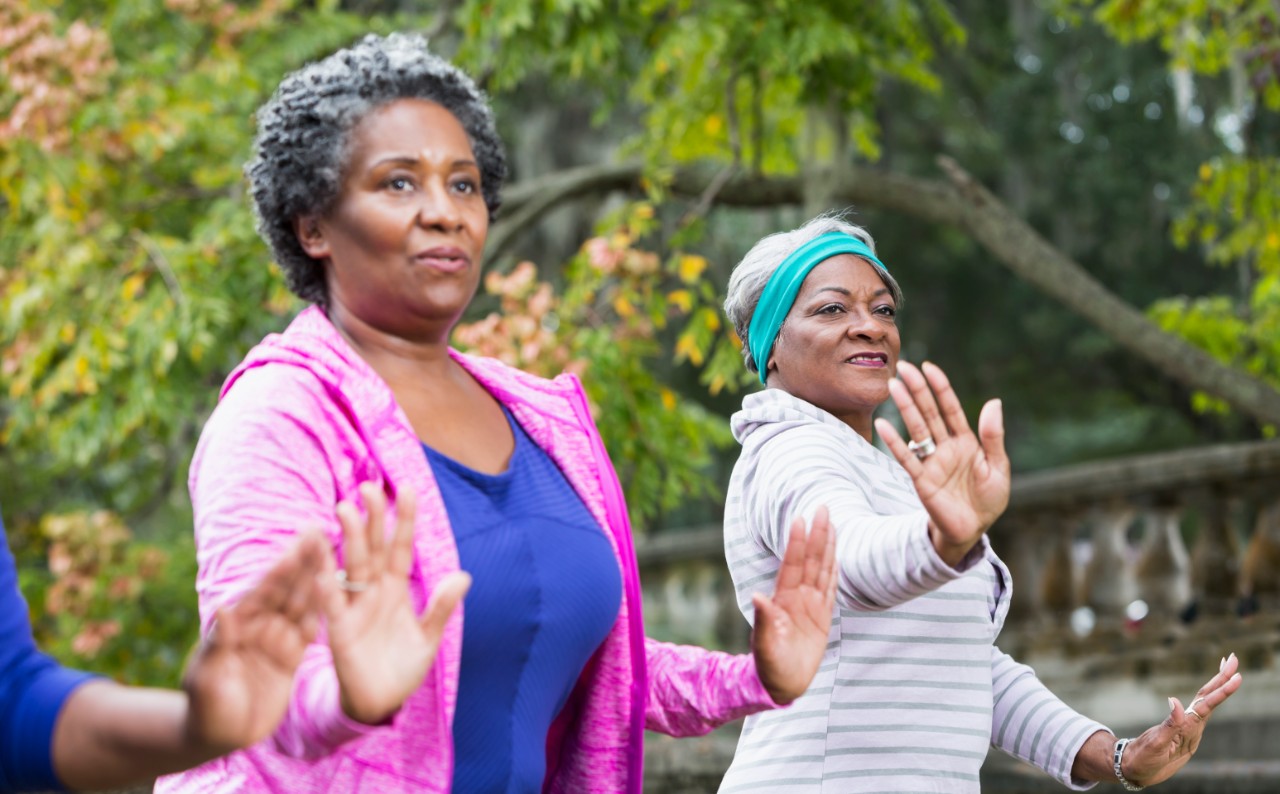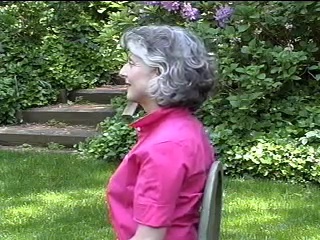

To ensure you receive the best service possible,
please enter your zip code below:

As we age, some decline in physical fitness is inevitable. But scientific research shows that after age 30, sedentary people begin to lose their capacity to do physical activity more quickly than those who remain active – so keep moving.
Exercise doesn’t have to be strenuous to produce positive results. Effective exercise programs should do three things: challenge your heart and lungs aerobically, stretch and strengthen your muscles, and loosen your joints to help with flexibility. Brisk walking, routine housework and gardening all count.
Contact your local parks and recreation department to find structured fitness programs for seniors in your community. Once started, you can do a lot of the exercises at home.
To help determine how much physical activity you need, review the guidelines below for seniors developed by researchers at the Centers for Disease Control and Prevention, or CDC.
Based on research showing that higher levels of fitness programs among seniors were associated with better driving performance, the AAA Foundation for Traffic Safety developed a series of exercises and stretches to improve neck, shoulder, trunk, back and overall body flexibility.
Flexibility permits drivers to move the entire body and all joints more freely to observe the road from all angles. This can help alert them to potential hazards in unexpected areas on the road and with many driving requirements, such as:
 Braking
Braking
 Getting in and out of the car
Getting in and out of the car
 Looking to the side and rear
Looking to the side and rear
 Steering
Steering
 Parking the car
Parking the car
 Adjusting the safety belts
Adjusting the safety belts
 Sitting for long periods of time
Sitting for long periods of time
Good flexibility also helps improve posture and prevent fatigue while driving.
As an older adult, regular physical activity is one of the most important things you can do for your health. It can prevent many of the health problems that seem to come with age. It also helps your muscles grow stronger so you can keep doing your day-to-day activities without becoming dependent on others.
Not doing any physical activity can be bad for you, no matter your age or health condition. Keep in mind, some physical activity is better than none at all. Your health benefits will also increase with the more physical activity that you do.
If you’re 65 years of age or older, are generally fit and have no limiting health conditions, you can follow the physical activity guidelines listed below.
For important health benefits, seniors need at least:
OR
OR
Content Source: Center for Disease Control and Prevention.
These exercises were designed to improve flexibility as it relates to driving. Flexibility varies from person to person, so only stretch as far as is comfortable for you, and always stop if you feel pain. Move very slowly when first beginning these exercises. And always consult your physician before beginning any new fitness program.
1. Bring both shoulders forward as far as possible.
2. Bring both shoulders backwards as far as possible.
Repetition: Ten times.
Useful for: Steering, preventing fatigue, backing up and mirror checks.


1. Keep your head facing forward.
2. Bend head forward, touching chin on chest.
3. Tilt head backward until forehead is parallel to the ceiling.
Repetition: Five times in each direction.
Useful for: Adjusting mirrors, preventing fatigue.
On long trips, your feet may be some of the first things to fatigue, especially your driving foot. Stiffness, foot or leg cramps, or a foot that falls asleep can all cause crashes. Before a long trip, be sure to exercise your feet, stretch them by moving them from side to side, and even massage them, to prevent fatigue.


1. Turn neck as far to the right as possible.
2. Turn neck as far to the left as possible.
Repetition: Five times in each direction.
Useful for: Looking over your shoulder to check for blind spots, parallel parking, adjusting mirrors, backing up, fatigue.
1. Turn neck as far to the right as possible.
2. Turn neck as far to the left as possible.
Repetition: Five times in each direction.
Useful for: Looking over your shoulder to check for blind spots, parallel parking, adjusting mirrors, backing up, fatigue.


1. From a sitting position, slowly rotate your trunk, from the waist up, to the left. Try to keep hips in place, facing forward.
2. Return to the forward position.
3. Repeat move to the right.
Repetition: Five times in each direction.
Useful for: Parallel parking, backing up, adjusting mirrors, looking to the side or back.
Content source: AAA Foundation for Traffic Safety
1. Bring both shoulders forward as far as possible.
2. Bring both shoulders backwards as far as possible.
Repetition: Ten times.
Useful for: Steering, preventing fatigue, backing up and mirror checks.

1. Bring both shoulders forward as far as possible.
2. Bring both shoulders backwards as far as possible.
Repetition: Ten times.
Useful for: Steering, preventing fatigue, backing up and mirror checks.
